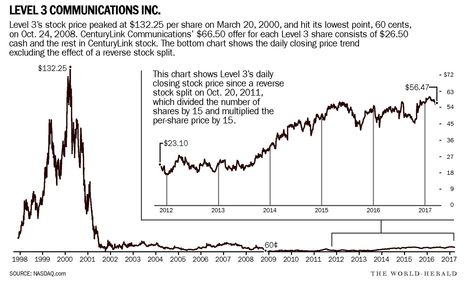(p. A17) Sometimes government regulators do things that are not merely misguided but gratuitously stupid. A classic example came last month, when the U.S. Department of Agriculture called for the destruction of at least 13 varieties of petunias with striking hues. These plants don’t pose any danger to health or the natural environment. But because they were crafted with modern genetic-engineering techniques, technically they’re in violation of 30-year-old government regulations.
These petunias, first developed in the 1980s, were sold around the globe for years without incident. Then in 2015 a Finnish plant scientist noticed bright-orange petunias at a train station in Helsinki.
. . .
He tipped off Finnish regulators, who notified their counterparts in Europe and North America. Since no government had issued permits to sell these varieties, the result was a petunia purge. Untold numbers of beautiful and completely harmless flowers and seeds were destroyed.
. . .
If a researcher wants to perform a field trial with a regulated article such as the forbidden petunias, he must submit extensive paperwork to the Agriculture Department. After conducting tests for years at many sites, the developer can then submit a large dossier of data and request “deregulation” by the USDA for cultivation and sale.
These requirements make genetically engineered plants extraordinarily expensive to develop and test. On average, each costs about $136 million, according to Wendelyn Jones of DuPont Crop Protection. This probably is why the developers of the genetically engineered petunias never commercialized them legally. At around $5 for 5,000 seeds, there is no way to recover the regulatory costs.
For the full commentary, see:
Henry I. Miller. “Attack of the Killer Petunias; Harmless flowers are destroyed since they were genetically modified but not Washington-approved.” The Wall Street Journal (Tues., June 13, 2017): A17.
(Note: ellipses added.)
(Note: the online version of the commentary has the date June 12, 2017.)

